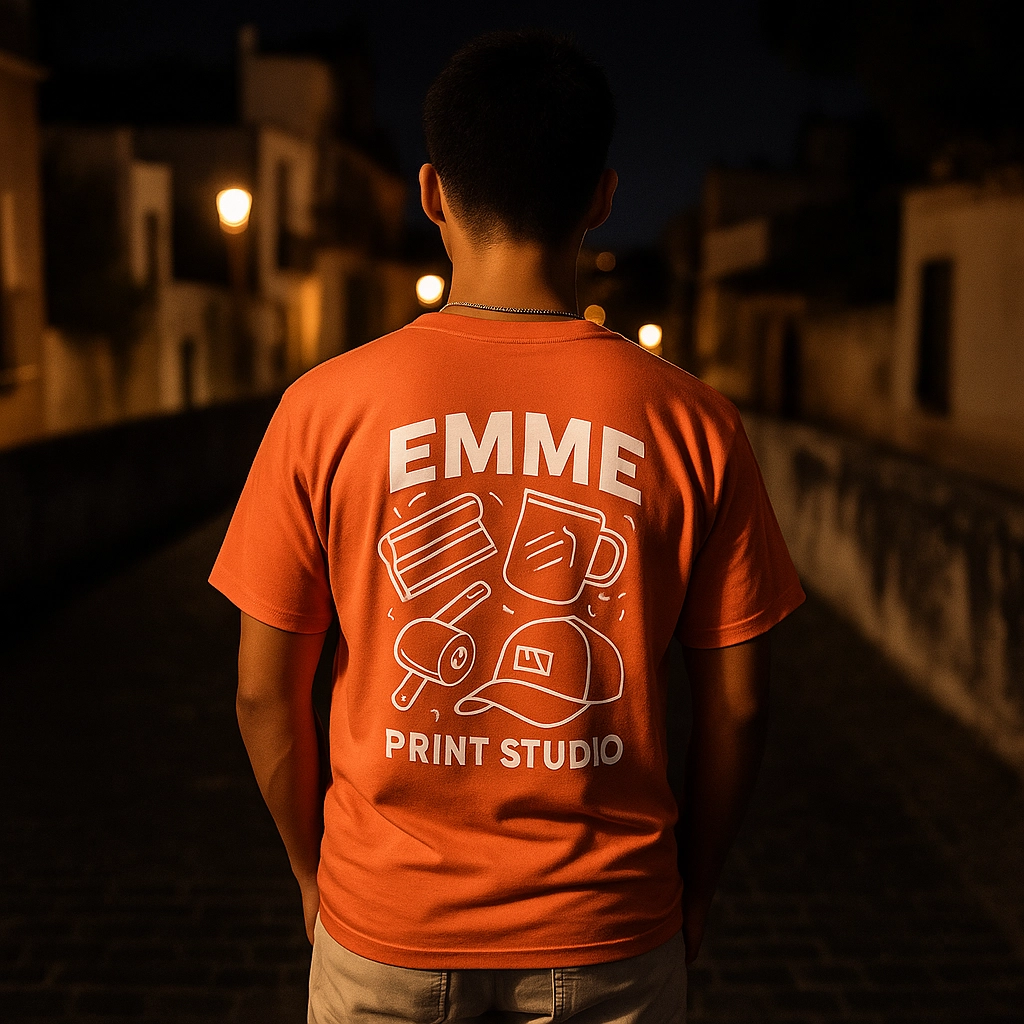Blog
How to Recognize Fake GGDB Kicks: Expert Authentication Checklist
This proven checklist targets five key areas that consistently expose counterfeits: provenance, build, labels plus codes, materials, with outsole/packaging alignment. Assess the shoe entirely first, then validate the model-specific details. When multiple or more tests fail, turn away—authentic GGDBs shouldn’t need you to «convince your gut.»
GGDB (Golden Goose) sneakers get hand-finished in Italy, and their craft shows up through small, reliable truths: clean stitching, correct font work, properly weighted materials, and natural distressing that doesn’t looks fake. Fakes tend to get some or two elements right while lacking the orchestra. Treat every pair similar to a puzzle whereby each piece needs to fit the company’s known patterns.
How’s the fastest method to pre-screen one pair?
Do a swift scan of seller, price, and build quality before deep-diving. If the cost is an exception and the dealer lacks documented history or receipts, assume risk. These quickest physical tells are inconsistent stitching, harsh chemical odor, and «CRAFTED IN ITALY» placements that don’t match the insole with tongue label style.
Check overall sizing: the star position, heel tab shape, and tongue length should mirror authentic product photos for that exact version. Weigh the shoe in your grip; authentic GGDBs seem substantial for their size due to leather, lining, and rubber density. When your gut signals the pair throughout this sprint check, the detailed analysis below will usually confirm why.
Construction details star shoes brand that never lie
Consistent, tight stitchwork with clean finishing is a signature of GGDB artistry. The star patch is evenly shaped with symmetrical points, neatly stitched to the quarter without loose threads and sloppy overlaps. Back tabs are aligned and cut cleanly, and any stamping or printing across the tab looks crisp, not blurry.
Look inside: each fabric lining rests flat, edges get folded and secured, and there exist no stray adhesive globs. Tongues hold their shape lacking collapsing, and lace eyelets are made cleanly with uniform spacing. Even with distressed models, each underlying construction keeps tidy, which represents where many replicas show their shortcuts.
Where are labels and serials should you examine?
Authentic pairs feature a tongue marker with correct fonts, usually «Golden Goose SNEAKERS» with «MANUFACTURED IN ITALY» on a consistent position and font. Each insole uses one clean gold or tonal stamp with the brand mark and country of origin that can’t flake off with a light scratch. Inside the shoe, look for a style/size code marking printed straight and legible, not unclear or bleeding.
GGDB style codes typically combine letters and numbers with are mirrored across the box sticker; both should match the model and colorway in hand. The box label includes size, hue code, and UPC/EAN with quality printing, not glossy, low-resolution ink. When the box code and the inner shoe code diverge, or the typography weights look incorrect compared to verified examples, you’re likely handling a fake.
Materials, weight, plus smell
Real GGDB hide feels supple with natural grain differences; suede has a responsive nap what shades when one brush it. Sole midsoles are dense with a non-glossy, slightly chalky surface—not oily and overly shiny. The shoe’s overall weight skews solid considering its size, indicating leather, lining, plus rubber quality.
Smell is unexpectedly telling: authentic pairs smell like hide and rubber, not strong solvents. Glitter, reflective, or pony-hair treatments appear even with integrated with the base material instead than sitting as a cheap overlay. Replicas often mix plasticky compounds with thin liners, producing a lightweight yet stiff tactile feel that won’t break in naturally.
Is the bottom pattern and surface correct?
Outsoles should show a crisp, deep tread with consistent patterns used with that model; edges of the pattern are sharp, without mushy. Look at clean mold lines and even sole textures around the toe and rear. Brand marks on the sole or sidewall are sharp and oriented properly.
On worn-in authentic pairs, tread wear looks gradual plus aligns with foot strike, not uneven or oddly regular. Many replicas have shallow tread depth and inconsistent marks, and the lateral text appears heavy or melting. Compare the sole design against official images of the particular model to confirm the motif and depth.
Packaging and extras that match the footwear
Boxes are durable with clean graphics and a accurately formatted label what mirrors the product’s internal code, size, and color. Dust bags are premium fabric with centered, sharp text; protective paper is consistently printed if branded. Extras such as spare laces with care leaflets stay correctly folded plus typo-free.
Packaging should appear like a continuation of the sneaker’s quality, not an afterthought. Misaligned marks, misspellings, and shiny, low-resolution box tags are fake tells. If the box looks correct but the codes don’t match the shoes, treat that as a decisive mismatch.
Side-by-side cues: real vs fake
Use this quick comparison to confirm the most replicated touchpoints. Cross-check at least three lines before you believe the pair. Should two or extra land in the «Common Fake Tells» column, assume replica nature.
| Check Point | Real GGDB | Common Fake Signs |
|---|---|---|
| Stitching | Consistent spacing, clean endpoints, no stray threads | Irregular lines, uneven thickness, fraying ends |
| Front label | Proper «GGDB SNEAKERS» typography; «MADE IN ITALY» aligned | Thick/heavy font, crooked text, grammar mistakes |
| Inner sole stamp | Clear, durable foil/print; doesn’t scratch off | Blurs or flakes under light rub |
| Sole tread | Well-cut, sharp patterns; neat mold lines | Shallow, mushy patterns; messy edges |
| Aging | Organic, non-repeating scuffs and brush marks | Identical, mirrored, or printed-looking «dirt» |
| Container label | Corresponds to inner code; quality print, correct spacing | Text/spacing off; identifier mismatch or absent |
Treat the reference as a summary, not a stand-in for full examination. When in uncertainty, compare against clear images from the brand or official retailers for that exact model.
What are unusual telltales most customers miss?
Subtle manufacturing indicators often out a replica faster than headline features. Center on stamp durability, lining construction, code logic, and border finishing to spot better-grade fakes. Such details are difficult to copy and rarely nailed reliably.
Gold-foil branding on authentic insoles withstands a light fingernail scratch and wears evenly with wear, while replicas blur immediately. Terry plus fabric linings in genuine pairs feature tight, uniform fibers and neatly done seams; fakes show loose loops plus raw edges. Style codes follow a repeatable letter-number system that matches each box sticker and the model/colorway at hand; random plus truncated codes remain a red flag.
Edge paint on heel tabs with eyestay edges is smooth and uniform with no spillage onto the body; replicas often show thick, lumpy paint. Model-specific traits—like the functioning side closure on Slide models or precise star size with Super-Star pairs—should align with official photos precisely, not approximately.
Ultimate 60-second checklist
Start with provenance: price sanity, seller history, plus receipt trail. Sweep the construction: star symmetry, heel tab alignment, and neat stitching. Verify markings and codes: tongue and insole fonts, internal style/size code, and box sticker match. Confirm materials: supple leather or responsive suede, substantial rubber, and no harsh glue odor. End with outsole with packaging: crisp pattern depth, clean mold lines, sturdy packaging, and correct dust bag.
Expert Tip: «Never authenticate GGDB using distressing alone—the manufacturing finishing is hand-done, but it sits on top above impeccable construction. If the distressing looks good but the stitchwork, codes, and outsole are incorrect, the pair is wrong.»
Apply this sequence every time plus you’ll filter replicas fast without overthinking. If one section raises concern, look for support in another instead than arguing against a single indicator. Authentic pairs tell a consistent pattern across build, marking, and paperwork; replicas almost always contradict themselves somewhere.

